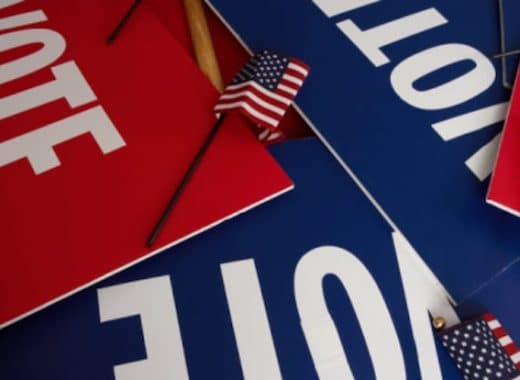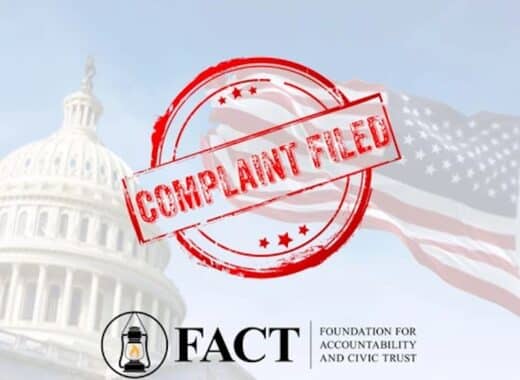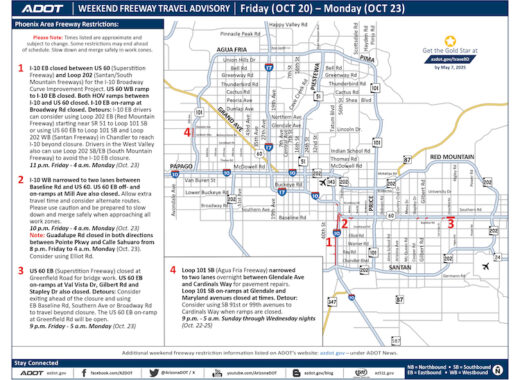As Americans prepare to celebrate the Fourth of July with fireworks, a recent report highlights the significant dangers these displays can pose. The report, covering data up to 2023, reveals alarming statistics on injuries and fatalities associated with fireworks use.
CPSC Public Service Announcement:
In 2023 alone, there were eight reported deaths and approximately 9,700 injuries linked to fireworks. Among the fatalities, five were due to misuse, two resulted from device malfunctions, and one occurred under unknown circumstances. These figures underscore a troubling trend: despite a decline since the peak in 2020, injuries from fireworks have increased overall since 2008.
Key Findings on Fireworks-Related Injuries
A detailed analysis of injury data surrounding the Fourth of July in 2023 offers insight into who is most at risk and the types of injuries sustained:
- Age Groups at Risk: Teenagers aged 15 to 19 years had the highest rate of fireworks-related injuries, followed by children aged 5 to 9 years.
- Common Injury Sources: Firecrackers and sparklers were significant contributors, causing an estimated 800 and 700 emergency department visits, respectively.
- Injury Types: Hands and fingers were the most commonly injured body parts (35%), with the head, face, and ears also frequently affected (22%). Burns accounted for about 42% of these injuries.
- Product Noncompliance: Approximately 18% of tested fireworks in 2023 contained noncompliant components, such as fuse violations and hazardous chemicals.
Safety Recommendations
With these findings in mind, it’s crucial for consumers to prioritize safety while enjoying fireworks. Here are several essential tips to ensure a safe celebration:
- Children and Fireworks: Never allow children to play with or ignite fireworks, including sparklers, which can reach temperatures hot enough to melt metal.
- Legal and Safe Use: Confirm that fireworks are legal in your area and only use products labeled for consumer use.
- Avoid Impairment: Do not use fireworks while under the influence of alcohol or drugs.
- Fire Preparedness: Keep a bucket of water or a garden hose nearby to handle any fires or mishaps.
- Safe Lighting Practices: Light fireworks one at a time and move back quickly. Never attempt to relight or handle malfunctioning fireworks—soak them in water and discard them.
- Body Safety: Avoid placing any part of your body over a fireworks device when lighting the fuse and maintain a safe distance immediately after lighting.
- Directional Safety: Never point or throw fireworks, including sparklers, at anyone.
- Proper Disposal: After fireworks have burned out, thoroughly douse the device with water before discarding it to prevent trash fires.
By following these guidelines, celebrants can enjoy the festivities while minimizing the risk of injuries and accidents. As the Fourth of July approaches, let’s commit to celebrating safely and responsibly.

U.S. Consumer Product Safety Report: https://www.cpsc.gov/s3fs-public/2023-Fireworks-Annual-Report.pdf?VersionId=61twx_Y4c5dkn6MhfDIT7QhGg2T6Gf1q








